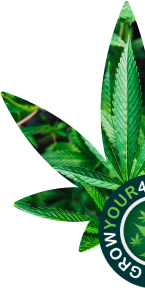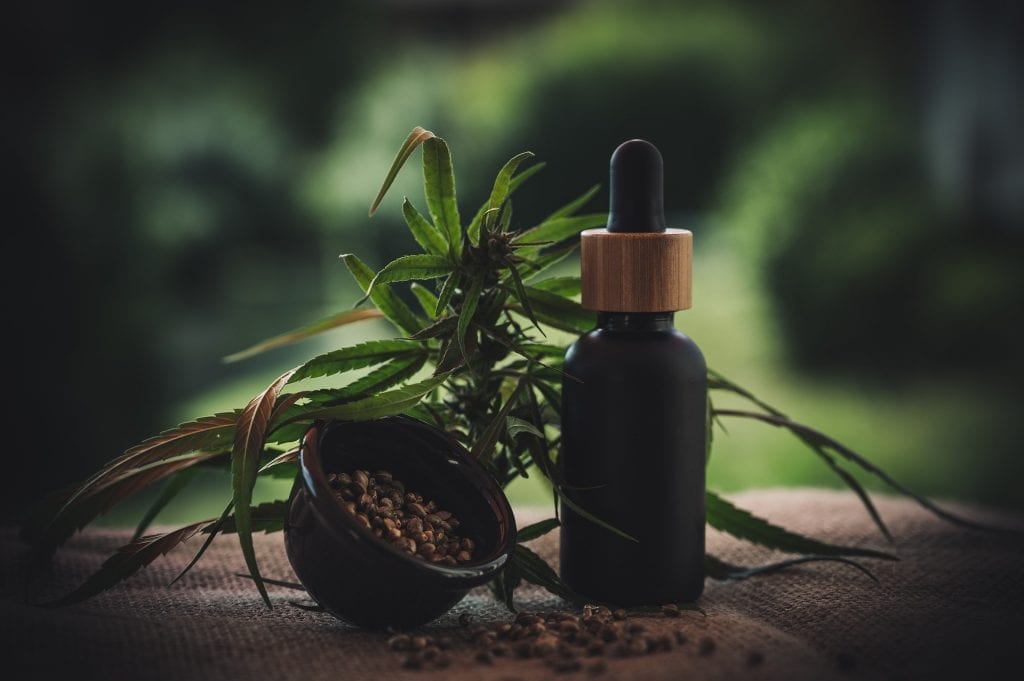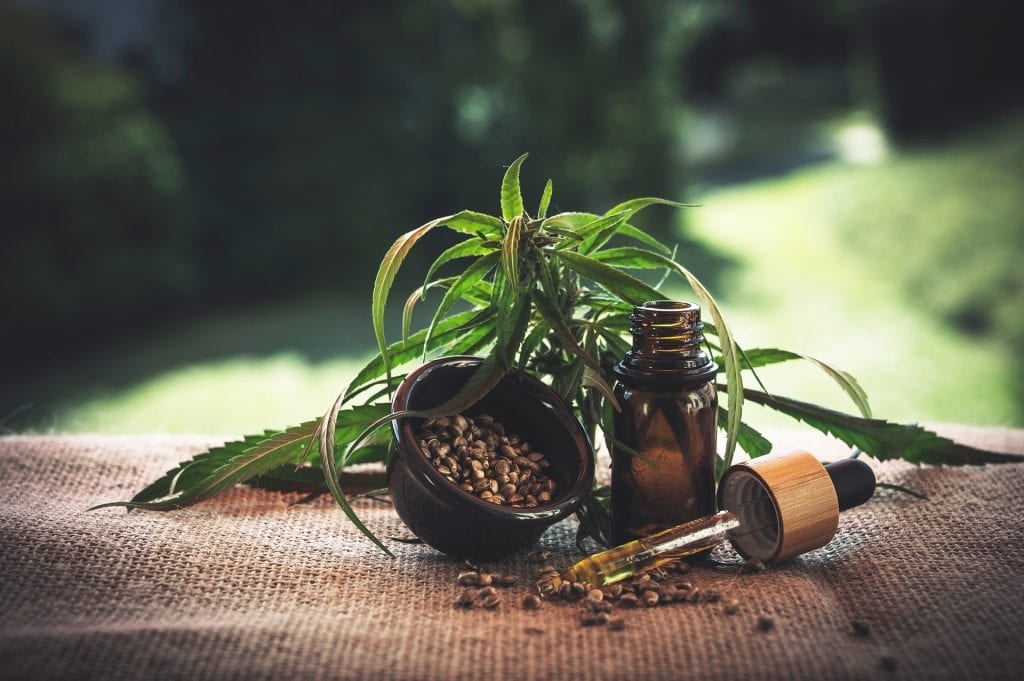Cannabinoids are naturally occurring compounds found in either industrial or homegrown cannabis. The most popular among these compounds is THC, which is the main psychoactive ingredient in cannabis. CBD is another major component, which makes up about 40% of the plant resin extract.
Each of these potent chemical substances portrays different roles; one is for recreational purposes, while the other one is for medicinal use.
Classes of cannabinoids
The cannabinoids are separated into the following subclasses:
- Cannabigerol (CBG)
- Cannabichromenes (CBC)
- Cannabidiol (CBD)
- Tetrahydrocannabinol (THC)
- Cannabinol (CBN)
- Cannabinodiol (CBDL)
- Other cannabinoids including cannabicyclol (CBL), cannabielsoin (CBE) and cannabitriol (CBT)
Cannabigerol (CBG)
CBG is a precursor cannabinoid of numerous other cannabinoids found in the cannabis plant. Mainly, it is listed as a minor cannabinoid, but CBG is an essential cannabis compound.
In cultivated cannabis seeds to a full-grown plant, CBG comes in are cannabigerolic acid (CBGA), which is the precursor of the three main branches of cannabinoids, including cannabichromenic acid (CBCA), cannabidiolic acid (CBDA), and tetrahydrocannabinolic acid (THCA).
While CBG is amongst the most critical cannabinoids, it is not as easily accessible as other cannabinoids. This is because CBG is generally transformed into other cannabinoids since the cannabis plant matures.
Effects of CBG
A non-psychoactive cannabinoid that is present in both indica and sativa strain, CBG’s antibacterial influence, can alter the overall effects of cannabis. CBG could halt or slow bacterial growth, reduce inflammation, (specifically in its acidic CBGA form,) inhibit cell increase in tumor/cancer cells, and promote bone growth.
Cannabidiol (CBD)
CBD is another notable chemical that cannabis carries. Although THC also plays medicinal functions, this one is the main subject in giving healing benefits to its users. CBD is a chemical extracted from the cannabis plant.
This substance gives extra kick into recipes in making oils and edibles such as candies. Its purpose also is to impart a sense of relaxation and calmness. Yet, it does not need to sedate the user.
That means that CBD cannot interfere with the brain’s actions. Without leaving your body numb, CBD spreads the comfort and calm feeling into your whole being.
Effects of CBD
Consumption of CBD doesn’t always by smoking cannabis. Hence, also by only eating or drinking anything that contains CBD.
The human brain is ready for accepting cannabinoids through its receptors named CB1 and CB2. These receptors are in charge of gathering all the cannabinoid molecules down to your system. This later results in sedation.
Tetrahydrocannabinol (THC)
THC is the chemical content that makes users enter a distinct dimension of happiness and euphoria. Aside from that, this chemical will sedate you while providing you with the feeling of comfort and relaxation like no other. This cannabinoid allows the brain to function by changing the messages of the neurons that it sends and receives via transmitters that flow within one’s body.
THC delivers mental effects that expunge negative thoughts a person has for several hours. Instead of ominous views, your mind will be filled with great memories, which, thus, create a positive vibe within you.
Also, THC may allow feelings of delusion, euphoria, sedation, as well as relaxation that lasts for several hours, depending on the strain used. It may also change your way of thinking as its high gets into your system. It’s going to be a fun roller coaster ride!
Cannabinoids Effects
Because this chemical goes straight to your brain, it leaves many valuable effects on your body. Cannabinoids can stimulate brain cells on producing a substance called dopamine. Such content is a euphoria-causing element that gives euphoria and then carries throughout the rest of the body parts.
The effects of cannabinoids depend on the brain area involved. Effects on the limbic system may modify the memory, cognition and psychomotor enforcement; effects on the mesolimbic pathway may influence the reward and pleasure responses and pain acumen may also be altered.
How Cannabinoids Work
Through a process called decarboxylation— where heat is applied towards the acidic varieties of these cannabinoids, CBCA, CBDA, CBGA, THCA, and all spend the whole carbon group. CBGA converts into the three branches of cannabinoid through particular enzymes referred to as synthases as the cannabis plant grows.
Because most cannabinoids are synthesized into these distinct microscopic structures, there are insignificant concentrations of this cannabinoid in adult cannabis plants. They are then changed into higher familiar forms of CBG, CBD, THC, and CBC. This is considered the active state of the compounds and where nearly all of their therapeutic benefits are contained.
The Science Behind Medical Cannabis
All cannabinoids work as a chemical messenger to each other. This transformation typically takes place two months in the flowering cycle. While CBG exists only in a minimal amount in most cannabis strains.
Cannabinoids use their effects by combining with specific cannabinoid receptors existing on the surface of cells. These receptors are located in different parts of the central nervous system and the two main types of cannabinoid receptors in the body are CB1 and CB2.
The Endocannabinoid System (ECS)
ECS is a complex group of receptors, a compound called endocannabinoids and enzymes. Endocannabinoids are compounds produced by the human bodies that connect with CB1 and CB2 receptors. The receptors help to improve many of the physiological functions and keep a state of the internal balance of the body.
CB1 receptors are observed in the nervous system and brain. CB2 receptors are found in the immune system and other regions of the body.
- Cannabinoid receptors – communicates with both CB1 and CB2 receptors.
- Endocannabinoids – considered to boost anandamide, a significant endocannabinoid.
- Metabolic Enzymes – interrupt the metabolic activity that delivers the psychoactive effects of THC.
It was evident that considerably more needs to be done to thoroughly understand cannabis and the endocannabinoid system and the purpose that cannabis works in human health and disease.
On the other hand, the CBG medical application works by communicating with the endocannabinoid system (ECS). The ECS works to support homeostasis— automatic processes that support the human biological systems to live stable and functioning. The purpose of ECS is to control the other systems so that the body continues in a state of balance and optimal functioning.
Bottom line
The foremost action in which the cannabinoids are distinguished based on their degree of psychoactivity. For example, CBC, CBD, and CBG are not known for psychoactive effects whereas THC, CBN and CBDL along with some other cannabinoids are recognized to have different degrees of psychoactivity.
Author bio
Mikaela Smith is a young Chemical Engineer and an active advocate for medical cannabis raising awareness. A researcher by day and writer at night. After years of collecting information from hundreds of cannabis experts and institution. She wants to inspire others how we could see the world as haven as she found the safest, most effective relief and hope in medical cannabis.
Table of contents




